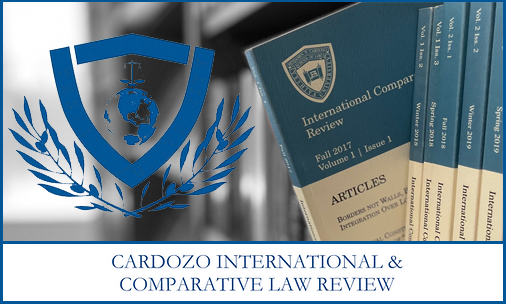Document Type
Blog Post
Publication Date
11-2-2022
Abstract
New York City is known for having a lot of traffic. The car congestion is so heavy that drivers lost an average of 102 hours due to traffic in 2021. Furthermore, fewer New Yorkers have been taking public transportation due to the COVID-19 pandemic. According to the Metropolitan Transportation Authority (MTA), subway ridership was 55 percent lower in 2021 than it was in 2019. Similarly, bus ridership was 44 percent lower in 2021 than it was in 2019. Before the pandemic, nearly a quarter of all trips made into Midtown and Lower Manhattan were made by cars, vans, and trucks. High amounts of traffic coupled with low public transit usage led New York State lawmakers to consider charging drivers when they go into Manhattan. Other cities around the world, including London, have implemented similar congestion pricing schemes over the past few decades. London, in particular, has been able to effectively implement and manage congestion pricing. New York can learn two lessons from the London plan. First, local leaders should play a significant role in the implementation of congestion pricing. Second, any congestion pricing scheme should exempt drivers with disabilities, like the London system does.
This post was originally published on the Cardozo International & Comparative Law Review on November 2, 2022. The original post can be accessed via the Archived Link button above.
Recommended Citation
Nadboy, Jason, "New York City Can Learn From London’s Congestion Pricing" (2022). Cardozo International & Comparative Law Review (CICLR) Blog. 58.
https://larc.cardozo.yu.edu/ciclr-online/58



